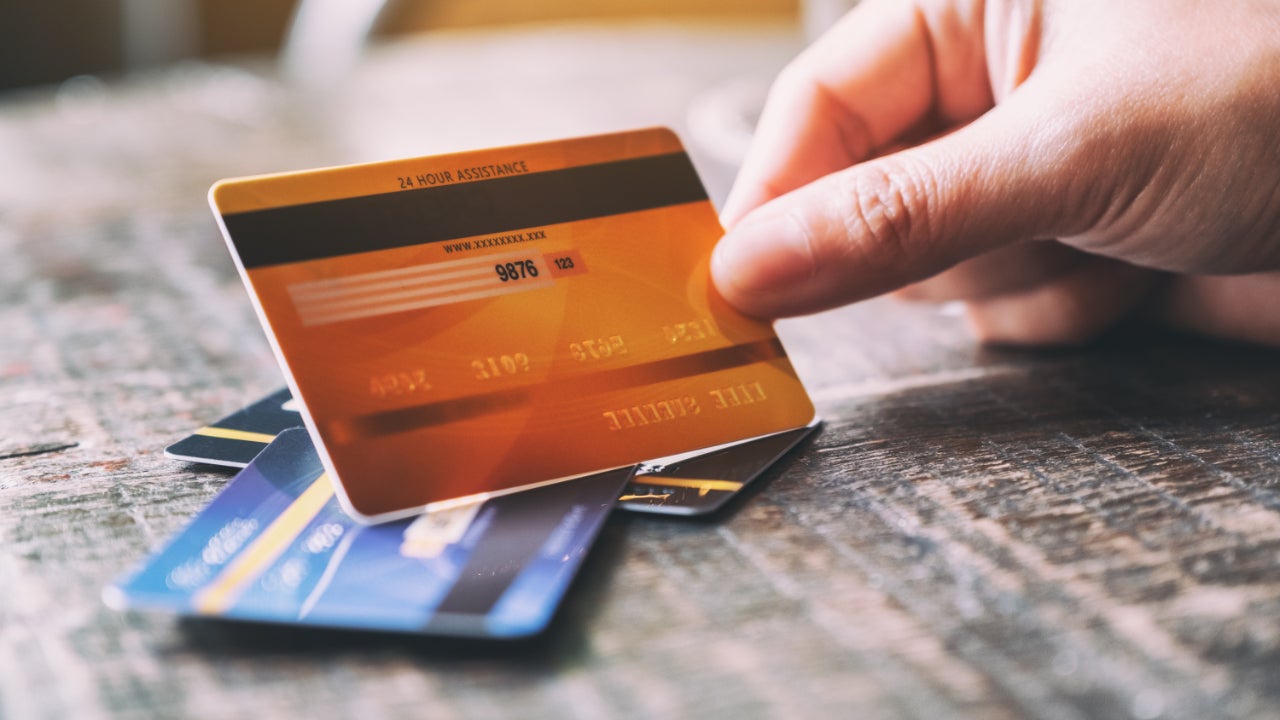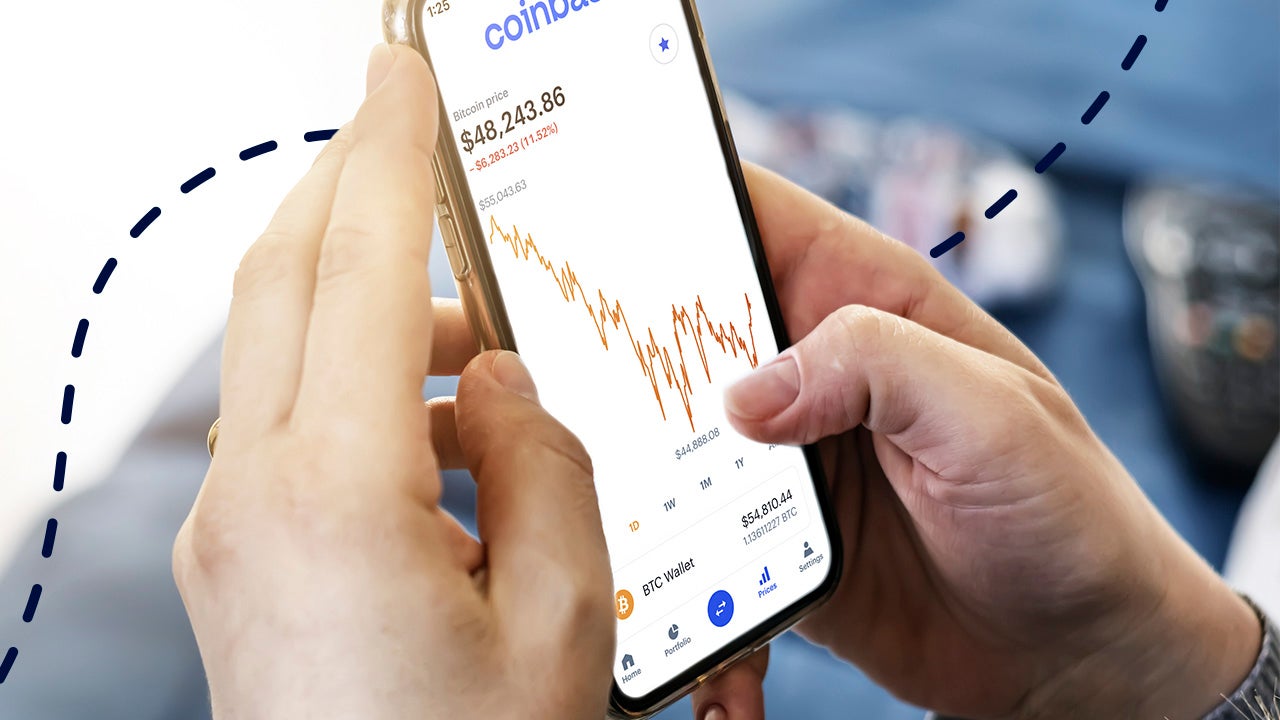“Crypto winter” affecting crypto credit cards




It has been a brutal year for cryptocurrencies. As of Nov. 15, bitcoin had lost 64 percent of its value since Jan. 1 and Ethereum was down 66 percent year-to-date.
In May, TerraUSD, one of the largest stablecoins, “broke the buck” and fell well below its $1 target. This set off a panic in the crypto market. It raised many questions about the viability of other algorithmic stablecoins (which are supposed to be far less volatile than untethered assets such as bitcoin and Ethereum).
Then, in November, the popular crypto exchange FTX unexpectedly collapsed amid liquidity concerns. An entity that was valued at $32 billion earlier this year is now insolvent. The ripple effects are only beginning to be felt across a battered industry.
Case in point: The BlockFi Rewards Visa Signature Credit Card has reportedly stopped working, and BlockFi’s credit card portfolio is apparently up for sale due to its exposure to the FTX mess. With more than 87,000 cardholders, this is one of the most popular crypto rewards credit cards.
We always knew that investing in cryptocurrency was a risky proposition. The risk level feels especially high at the moment. Let’s face it: You could lose everything you put into crypto. Of course, some people believe the industry still has tremendous potential. If you want to invest in crypto, signing up for a crypto rewards credit card is an easy way to dip your toe into the market. Just make sure you understand what you’re getting yourself into.
Examples of crypto credit cards
The Upgrade Bitcoin Rewards Visa® gives at least 1.5 percent back (in bitcoin) on every purchase. It also has a retailer-specific rewards program managed by Dosh; cardholders can earn up to 10 percent back on qualifying purchases. It awards a $200 bonus (again, paid in bitcoin) when cardholders open a rewards checking account and make three debit card transactions*.
The Gemini Mastercard is currently offering 10 percent crypto back at electric vehicle charging stations and on gas paid at the pump (for the next 12 months, up to $200 in monthly spending). Cardholders also earn 3 percent crypto back on dining, 2 percent on groceries and 1 percent on everything else. These rewards can be paid in more than 60 different cryptocurrencies.
A traditional credit card that allow users to redeem their rewards for crypto is the Venmo Credit Card. There are plenty of other options, too, including cash back on both cards and other investments (such as stocks and bonds) on the SoFi Credit Card.
The aforementioned credit cards all involve spending U.S. dollars. Cryptocurrency is offered as a reward, but it can’t be spent directly at the point of sale via any of those cards.
Earning upside from your rewards
Turning rewards into more rewards is a concept I discussed with Kristy Kim, founder and CEO of TomoCredit, when her company’s credit card debuted with crypto rewards in 2019. She believed that young adults, in particular, were interested in this idea.
TomoCredit’s crypto tie-in may have been a bit ahead of its time. It quickly shifted to a cash back rewards structure and is succeeding at its core mission of improving access to credit for immigrants and other underserved groups. I’m still struck by the concept of investing credit card rewards, though.
This is something the Fidelity Rewards Visa Signature Card has done for years, in the more traditional investment universe of stocks and bonds (although it now allows investors to buy cryptocurrencies as well). The CollegeCounts 529 Rewards Visa is another good example. Investing your credit card rewards could turn free money into more money. These cards make it easy, which reinforces the habit of regularly saving and investing.
Of course, the value of just about every investment class has fallen this year, and crypto has been among the hardest hit. Still, crypto rewards cards appeal not only to true believers but also represent an easy, low-risk way for a new user to enter the market. A related benefit is that cards with crypto rewards typically allow users to bypass the transaction fees that are normally associated with exchanging U.S. dollars for cryptocurrency.
There are also crypto debit cards
The Crypto.com Rewards Visa Card is a prepaid card that can be loaded with cryptocurrency or U.S. dollars (via bank account transfers, credit cards or debit cards). If you “stake” your funds — essentially locking them within the Crypto.com platform for at least six months — you could earn between 1 percent and 5 percent on your purchases (paid in CRO rewards). CRO refers to the Crypto.com cryptocurrency token, which you can exchange for U.S. dollars or other cryptocurrencies.
This approach is definitely for the more seasoned crypto enthusiast. The 5 percent threshold (which used to run as high as 8 percent) is out of reach for most people since it requires staking at least $400,000. Getting 3 percent back also requires a hefty amount ($40,000). The 2 percent and 1 percent returns are more attainable; they require staking $4,000 and $400, respectively. But they’re capped at $50 and $25, respectively, in monthly rewards. Especially at the higher levels, cardholders can unlock additional benefits such as Spotify, Netflix and Amazon Prime credits, airport lounge access and discounts from Expedia and Airbnb.
Other crypto debit cards include the Coinbase Card, the Blockchain.com Visa, the BitPay Prepaid Mastercard and the CoinZoom Visa. In some cases, you can load the account with cryptocurrency converted into U.S. dollars, and in others, you can spend crypto directly at the point of sale. Either way, spending crypto doesn’t appeal to me as much as earning crypto rewards. The valuation can be murky, and you’re incurring capital gains taxes on these purchases. It’s clunky — would you want to sell stocks, bonds or mutual funds every time you buy something?
The bottom line
I like the idea of earning upside from your rewards, and to some people, earning crypto credit card rewards is akin to gambling with house money. Just be prepared for a wild ride since crypto prices are notoriously volatile. Most people are probably better suited for more traditional cash back or travel redemptions.
*Earn a $200 bonus after opening a Rewards Checking account and making 3 debit card transactions within 60 days. If you have previously opened a Rewards Checking account or do not open one as part of this application process, you are not eligible for this welcome bonus offer.
Have a question about credit cards? E-mail me at ted.rossman@bankrate.com and I’d be happy to help.




